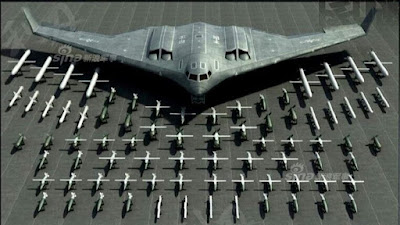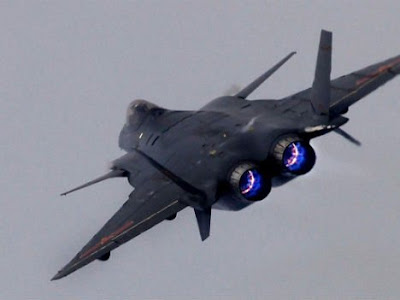The Navy, in a miracle of technological speed, has managed
to deliver the first full mine countermeasures (MCM) module to an LCS although
the first planned deployment is still a year or so away.
I know … you’re wondering the same thing I am. Are we sure the Navy didn’t cut corners in
order to deliver the MCM module this quickly?
Well, here’s our answer:
Well, moving on …
Who’s leading this miraculous effort?
By the way, someone be sure to let me know when we’ve
actually demonstrated that ‘unmanned’ is leveraging anything except the budget
from Congress.
On a related note, many of you are probably trying to recall
what an LCS was. I don’t blame you. It hasn’t been in the news much, lately. I had to look it up because the only LCS I
could recall was a very short-lived, insignificant ship class that I thought
was abandoned and early retired several years ago. For those of you who would like a reminder,
here’s the Navy’s description of the LCS:
“optimally-manned”
? Every report I’ve ever states that the
ships are woefully undermanned and, in fact, the manning has been increased a
few times yet they remain undermanned and incapable of conducting on-board
maintenance.
“mission-tailored”??? How can the ship be mission-tailored when
there are no functional mission modules and, in fact, the ASW module has been
abandoned?
“operate in near-shore
and open-ocean environments” What
else is there? Isn’t that just a wordier
way of saying, ‘it’s a boat’?
____________________________
The U.S. Navy embarked the first Mine Countermeasures Mission Package (MCM MP) aboard USS Canberra (LCS 30), April 18, service officials announced. With the MCM mission package now onboard LCS 30, the Navy is looking forward to the first MCM Mission Package deployment in Fiscal Year 2025.[1]How long has the MCM module been in development? Well, the first Independence ship was laid down in 2006 so MCM module development must have been well underway by that time. So, it’s been 18+ years. That’s a remarkable pace of development! Well done, Navy!
The MCM mission package achieved Initial Operational Capability (IOC) on March 31, 2023, following rigorous initial operational testing and evaluation (IOT&E) of the full mission package … [1]Okay, I see that the module was rigorously tested and the Navy is famous for its rigorous test standards so that alleviates my concern. The module is truly ready to go … although it’s odd that it would require another year or so to reach a state of deployment. I assumed the crew would be ready to go as soon as the module was installed. What has the crew been doing for the last 18 years if not training for MCM operations?
PEO [ed. Program Executive Office] Unmanned and Small Combatants leads the Navy’s efforts to provide littoral combat ships with mission-tailored capability to Combatant Commanders to provide assured access against littoral threats, leveraging unmanned naval capabilities for enhanced operational effectiveness.[1]Bingo! I just filled my mindless platitude, buzzword bingo card with that sentence! Again we see - as we so often do - that creative writing is more important in the Navy than actual testing or combat effectiveness.
Littoral Combat Ships are fast, optimally-manned, mission-tailored surface combatants that operate in near-shore and open-ocean environments, winning against 21st-century coastal threats.[1]Just a few thoughts about that …
https://www.navalnews.com/naval-news/2024/04/first-mine-warfare-usv-embarked-on-us-navy-lcs/






